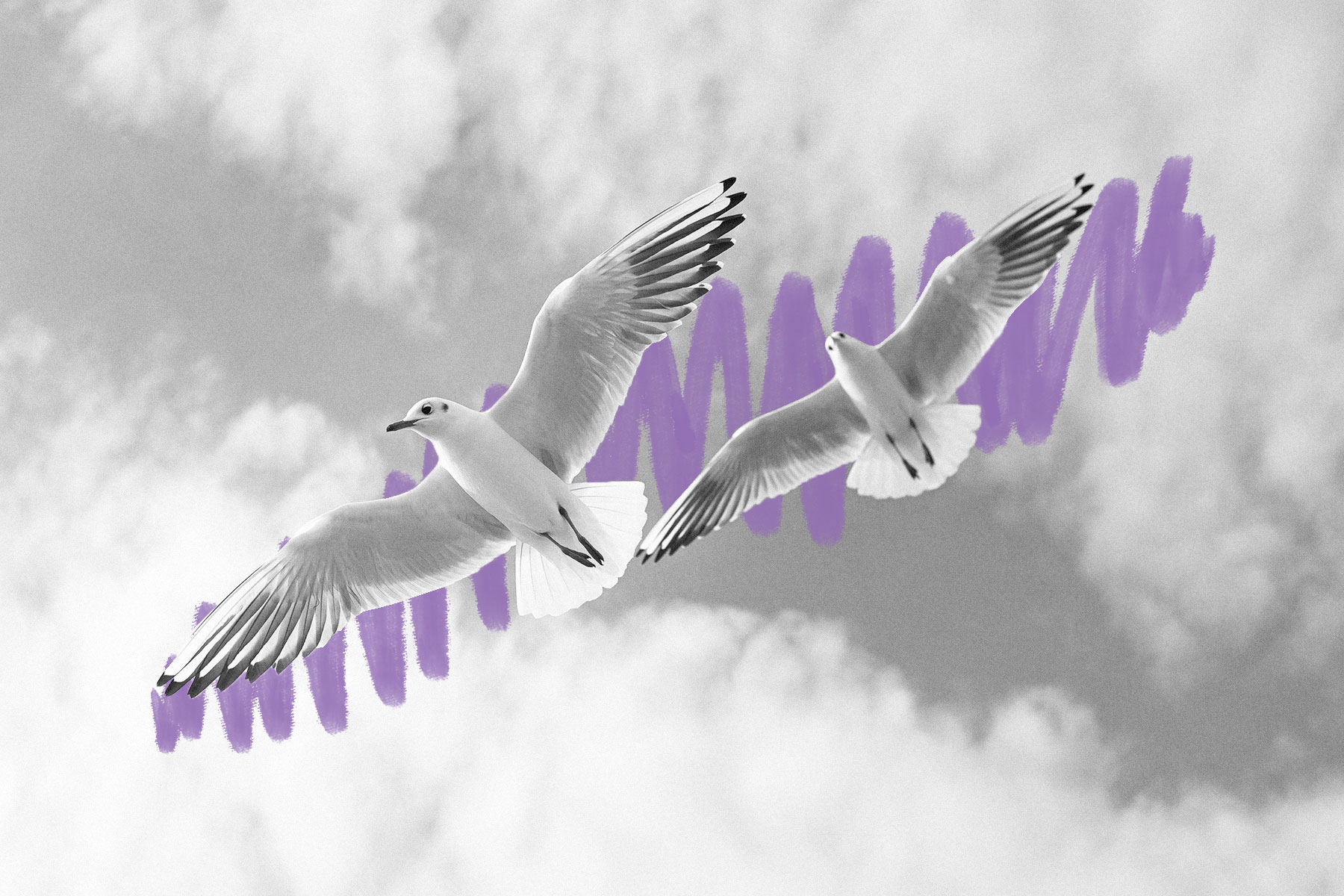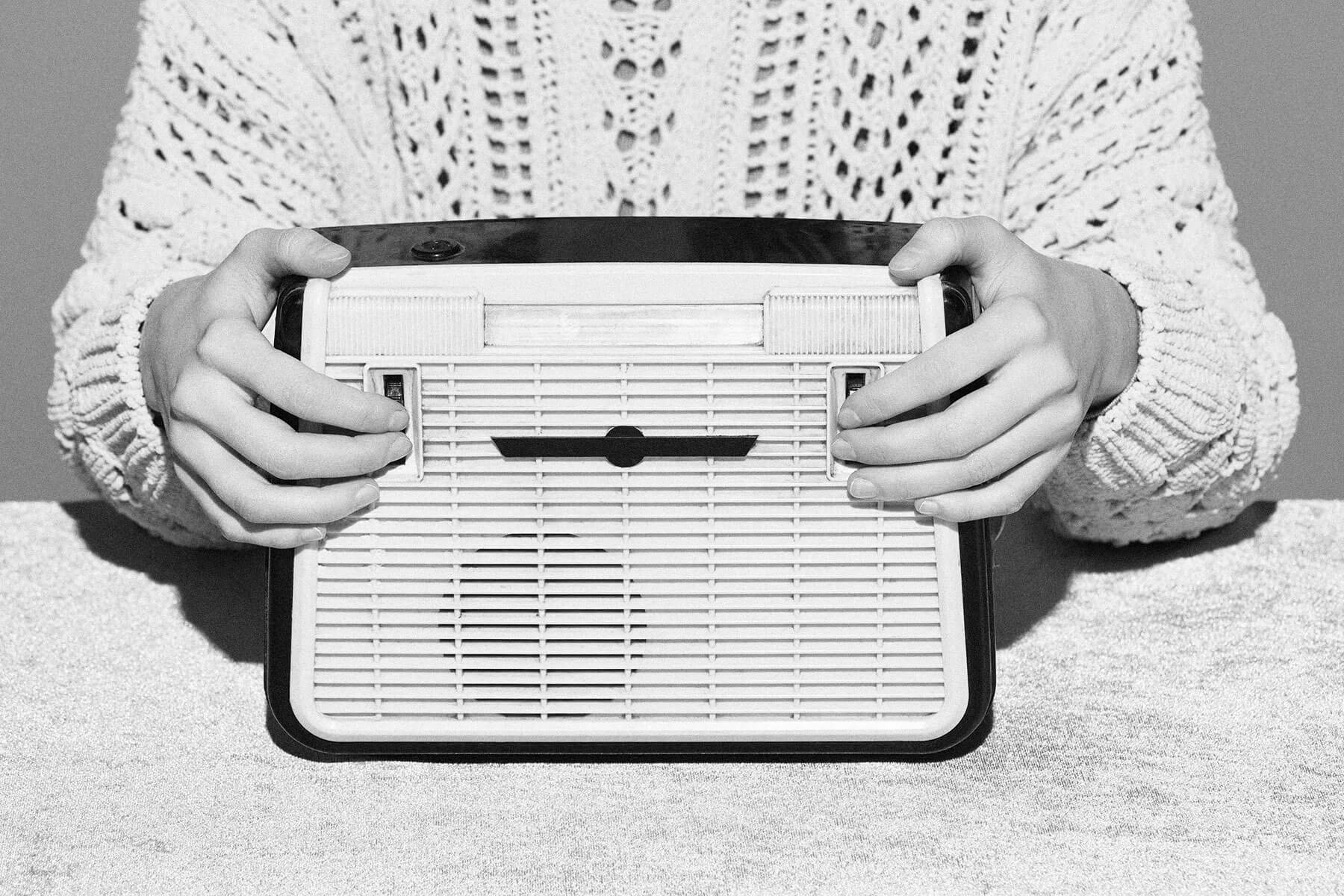 |
The British trained seagulls to find enemy submarines in WWI. |
World History |
 |
| |
| It didn't work, alas, as the birds knew no masters but themselves. A few soldiers had trouble abandoning the plan, however. One admiral tried a different approach by teaching the seagulls to defecate on the submarine's periscopes and blind the crew within, while the U.S. military considered its own version of the idea involving hand-raised birds from Lake Michigan, though neither effort moved forward. Seagulls are resourceful creatures, but it seems they're more motivated to dive-bomb loose fries than enemy watercraft. | |
 | |
 | |||||||||
By the Numbers | |||||||||
| |||||||||
| |||||||||
 | |||||||||
| |||||||||
Seagulls can drink fresh water and salt water. | |||||||||
| Not unlike certain other seabirds — including pelicans, penguins, and albatrosses — seagulls can drink both fresh water and salt water. They're able to do so thanks to a desalination filter that begins in their bills and ends in a salt gland above their eyes, which allows the crafty birds to excrete the salt through their nostrils — often by shaking their head. Though highly efficient, this filtration system can atrophy if it goes unused. Seabirds at wildlife rehab centers and zoos are often kept in salt water with this in mind, as it ensures their glands will stay in good condition and prevent saltwater poisoning if and when they're returned to the wild. | |||||||||
 | |||
Recommended Reading | |||
 | |||
| | |||
 | |||
| | |||
| + Load more | |||
| |||
| |||||||||
| Copyright © 2024 History Facts. All rights reserved. | |||||||||
| 700 N Colorado Blvd, #513, Denver, CO 80206 | |||||||||
|





No comments:
Post a Comment